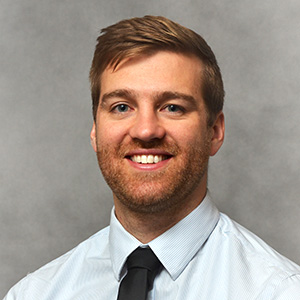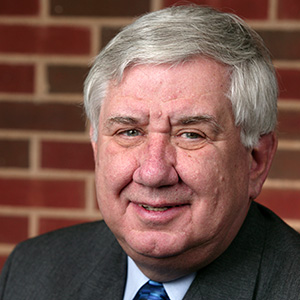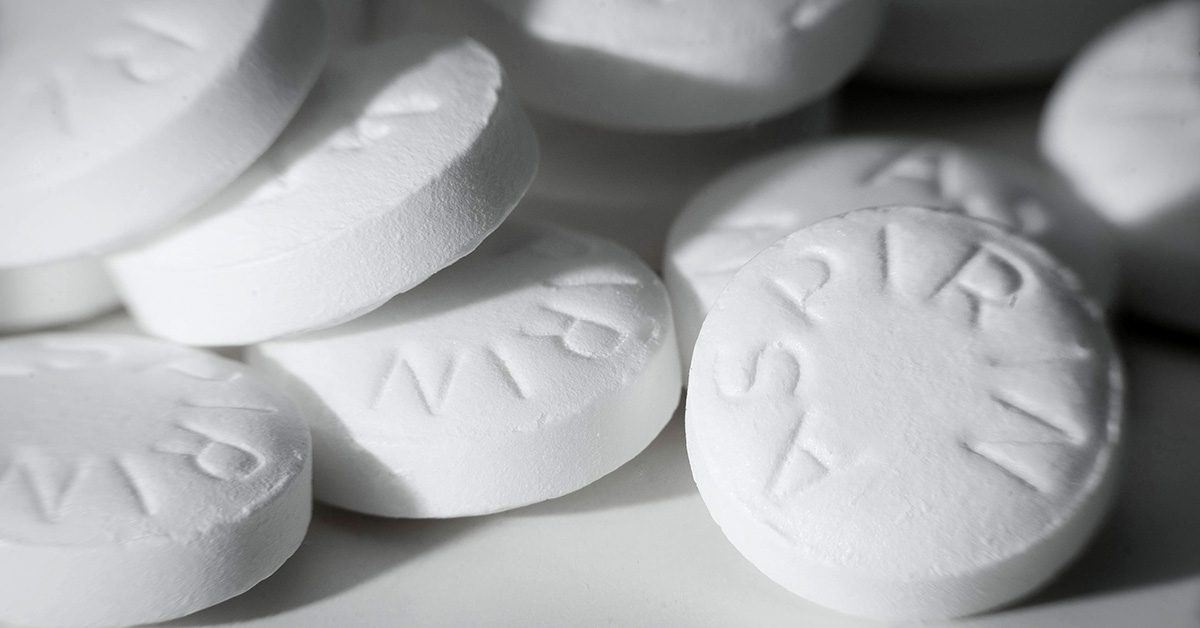Cardiovascular disease (CVD) is the leading cause of death in the United States and it disproportionately affects African Americans. For some people, taking a daily dose of aspirin is an effective, low cost option for preventing heart attacks and strokes. A new study from the School of Public Health recently detailed the use of aspirin for CVD prevention in African Americans and found that positive cultural beliefs around taking it make people more likely to adopt the intervention.

The study, led by MS student and physician Jeremy Van’t Hof and co-authored by Professor Russell Luepker, was published in the Journal of Community Health.
“Previous research has shown how hard it can be to get people to change health behaviors by working with them on an individual level,” says Van’t Hof. “But the findings from this study suggest that if we can make aspirin use part of a community cultural shift, suddenly, we can change the health of an entire population by making it the norm.”
Luepker leads the “Ask About Aspirin” campaign in Minnesota, which encourages patients to ask their providers if taking a daily aspirin is a safe, effective way to help them avoid heart attacks or strokes.
“Our previous studies have shown that many people are taking aspirin, but for some it’s not useful. It is also apparent that some take aspirin inappropriately without a doctor’s advice,” says Luepker “The Ask About Aspirin campaign has focused on appropriate aspirin use in consultation with an individual’s physician.”

To learn more about aspirin use among African Americans, Dr. Van’t Hof surveyed 684 adults ages 45-79 in community settings, including churches, health fairs, and gyms. The adults were asked questions regarding their demographics, aspirin use, health behaviors and beliefs, as well as if they’d ever had a heart attack or stroke.
The study found:
- High risk factors for CVD, such as hypertension, were common in people who hadn’t yet suffered a heart attack or stroke.
- The more risk factors a respondent had, the more likely they were to be taking aspirin.
- Respondents whose peers thought they should be taking aspirin were seven times more likely to do so.
- People whose peers were taking aspirin were five times more likely to use it themselves.
- Adults who had a discussion about aspirin use with their provider were six times more likely to be taking it.
“The findings show that if the social environment around a prevention approach is positive, then people are much more likely to do it,” says Van’t Hof. “It might also mean that a clinic isn’t always the best location to reach people and change their behavior. People may feel a greater sense of accountability and more social support in community settings.”
Van’t Hof is considering continuing the research by repeating the survey so that he can track CVD risk factors in African Americans and see how their aspirin use plays out over time.

